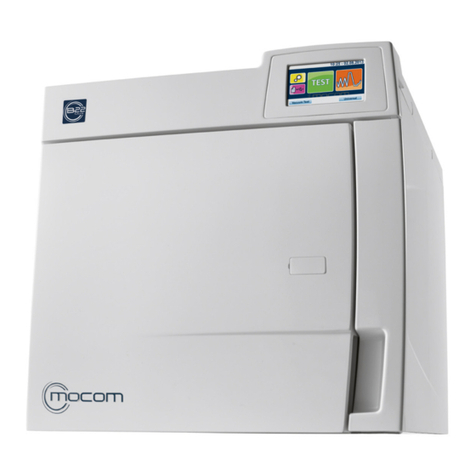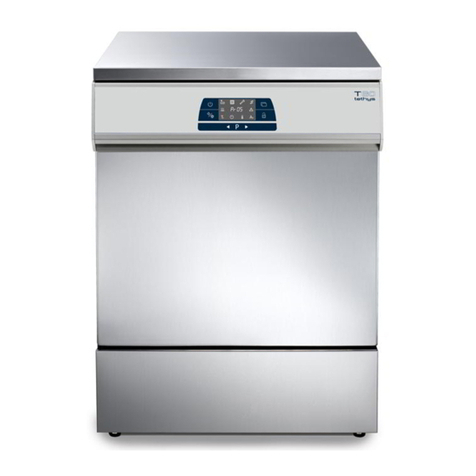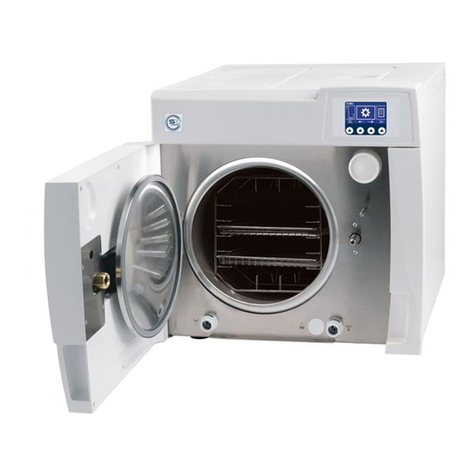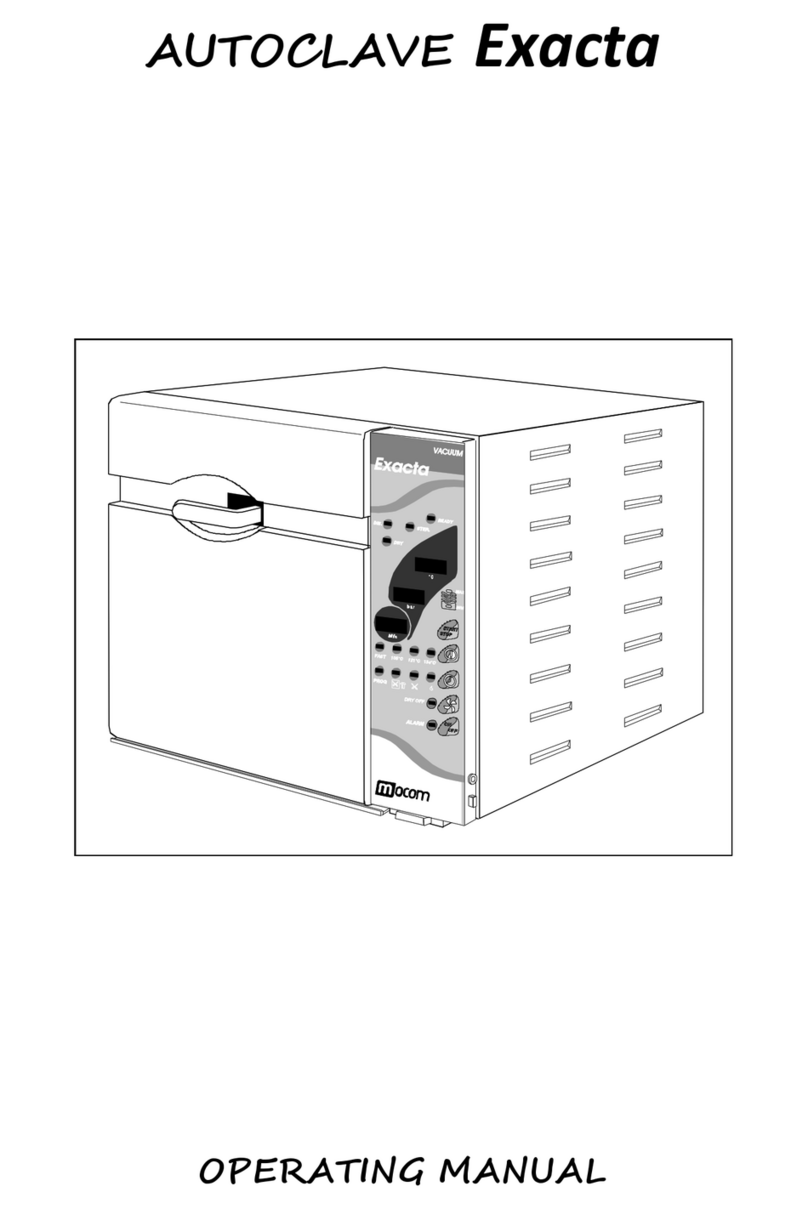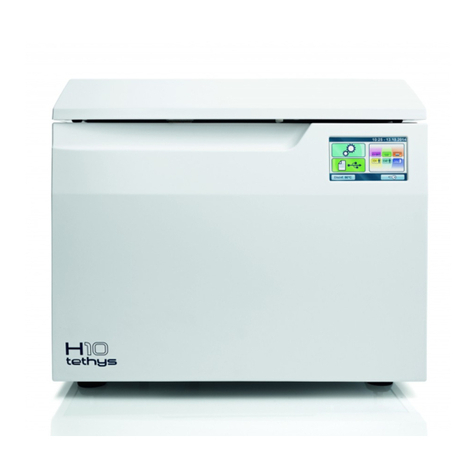
TABLE OF CONTENTS
II
5 - FIRST START-UP........................................................................................................................ 15
TURNING ON THE EQUIPMENT.....................................................................................................................15
INITIAL AUTOMATIC TEST.............................................................................................................................15
ACQUISITION AND UPDATING OF THE AMBIENT PRESSURE VALUES....................................................15
STAND-BY MODE............................................................................................................................................16
FILLING DISTILLED WATER ...........................................................................................................................17
Manual filling.............................................................................................................................................17
Automatic filling ........................................................................................................................................17
MAX LEVEL IN THE INTERNAL/EXTERNAL DRAIN TANK............................................................................18
6 - CONFIGURATION....................................................................................................................... 19
INTRODUCTION...............................................................................................................................................19
STARTING AND ENTERING THE SETUP MODE...........................................................................................19
MEANING OF THE KEYS IN SETUP MODE ...................................................................................................19
DESCRIPTION OF THE MENU ITEMS............................................................................................................21
DEFAULTS SETTINGS ....................................................................................................................................23
ACTIVATING CONFIGURATION OPTIONS ...................................................................................................23
Setting the language.................................................................................................................................23
Setting the date ........................................................................................................................................23
Setting the time.........................................................................................................................................24
Setting the password................................................................................................................................24
Setting the sterilization programs .............................................................................................................25
Setting the STAND-BY mode ...................................................................................................................29
Setting the printing mode..........................................................................................................................30
Setting the tank filling mode......................................................................................................................32
Setting the water draining mode..............................................................................................................32
Acquisition of the ambient pressure..........................................................................................................33
Adjusting the contrast of the liquid crystal display ...................................................................................34
EXIT THE CONFIGURATION MODE..............................................................................................................34
7 - PREPARING THE MATERIAL .................................................................................................... 35
INTRODUCTION...............................................................................................................................................35
TREATING THE MATERIAL BEFORE STERILIZATION..................................................................................35
ARRANGING THE LOAD .................................................................................................................................36
8 - PROGRAM SELECTION............................................................................................................. 38
INTRODUCTION...............................................................................................................................................38
PROCEDURE...................................................................................................................................................38
9 - RUNNING THE CYCLE.............................................................................................................. 40
INTRODUCTION...............................................................................................................................................40
STARTING THE CYCLE..................................................................................................................................40
PROGRAM EXECUTION..................................................................................................................................41
RESULT OF THE CYCLE................................................................................................................................45
CHECK OF THE CYCLE DATA REPORT........................................................................................................46
MANUAL CYCLE INTERRUPTION ..................................................................................................................46
10 - STORING STERILIZED MATERIALS ....................................................................................... 48
INTRODUCTION...............................................................................................................................................48
HANDLING .......................................................................................................................................................48
STORAGE ........................................................................................................................................................48
11 - TEST PROGRAMS.................................................................................................................... 49
INTRODUCTION...............................................................................................................................................49
BOWIE & DICK TEST.......................................................................................................................................49
VACUUM TEST ................................................................................................................................................50
APPENDIX A – TECHNICAL CHARACTERISTICS......................................................................... 53
SUMMARY TABLE ...........................................................................................................................................53
